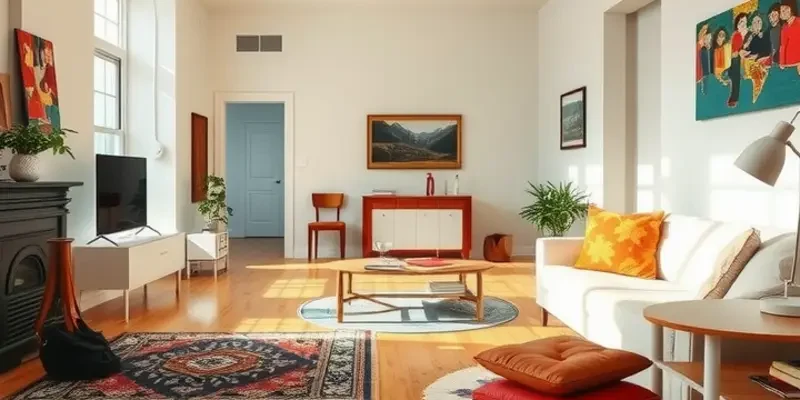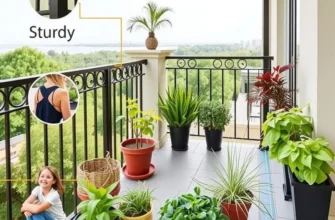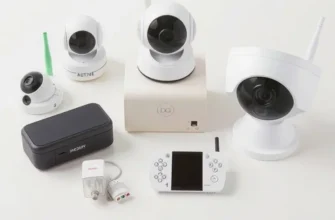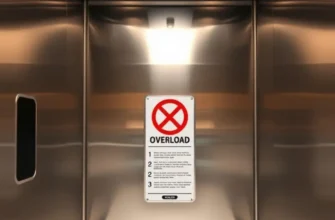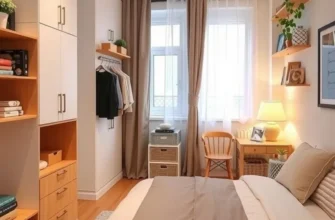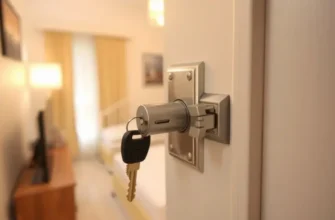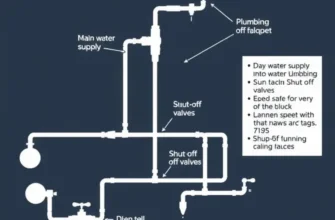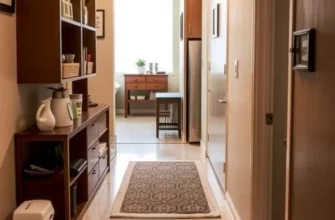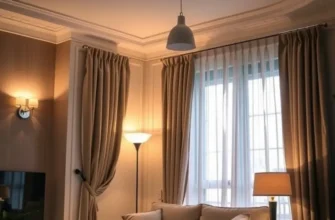Apartment living can be convenient, but it also surfaces unique challenges related to safety. Slips and falls are common hazards that can happen in any home, often leading to serious injuries. Prioritizing safety is essential, whether you are entertaining guests or simply going about your daily routine. Thankfully, making your apartment safer doesn’t have to be difficult or time-consuming. This article delves into effective strategies renters can employ to prevent slips and falls, ensuring both security and hassle-free maintenance. From utilizing appropriate flooring materials to implementing clever organizational tips, there’s a range of actionable steps you can take. Ultimately, taking proactive measures can lead to a more inviting and secure environment for both you and your visitors.
Identifying Slip Hazards in Your Apartment
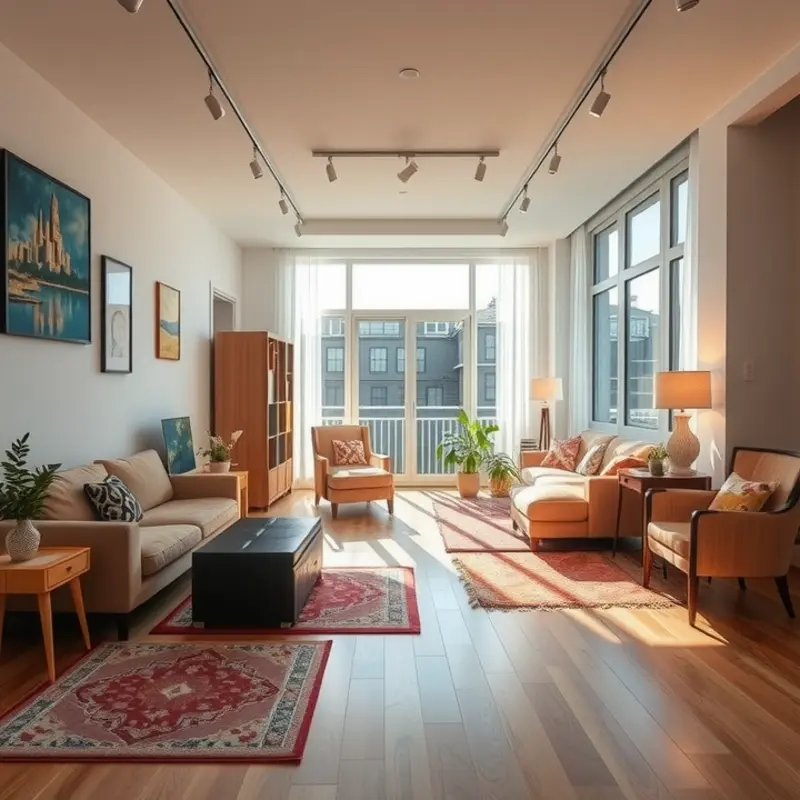
In the quest to create a safer apartment environment, it’s essential to start by pinpointing potential slip hazards. The first step involves conducting a thorough inspection of common areas in your apartment that may contribute to slips and falls. By carefully assessing these spaces, you can effectively mitigate risks and ensure peace of mind.
One essential area to examine is flooring. Different flooring materials have unique characteristics that may either heighten or reduce the risk of slipping. Tiles and hardwood floors, for example, can become treacherously slick when wet. Choosing appropriate coverings such as non-slip mats or rubber grips can make a substantial difference. On the other hand, plush carpets generally provide better traction but still need attention. Loose threads or wrinkles in carpeting can become tripping hazards, necessitating prompt repairs or replacements.
Rugs are another focal point in slip prevention. While they add aesthetic value, unsecured rugs often slide underfoot, creating significant risks. To counteract this, use non-slip rug pads underneath. Additionally, routinely checking these pads and ensuring they maintain their grip is critical to validating ongoing safety.
Furniture arrangement also plays a pivotal role. Ensuring that furniture does not obstruct clear walking paths can reduce the potential for falls. Maintain tidy, organized spaces where movement is unimpeded. Consider lifestyle-specific arrangements, such as providing additional clearance for walkways in high-traffic areas, to further decrease hazards.
Adequate lighting is crucial in identifying and avoiding potential slip hazards. Dimly lit spaces can obscure hazards, so it’s vital to ensure all rooms, hallways, and entryways are well-lit. Replacing burnt-out bulbs promptly is essential, and even adding task lighting in areas that require sharper visibility can enhance safety dramatically.
Finally, keep clutter at bay. A messy environment can obscure hazards on the floor, leading to accidental trips. Incorporate regular housekeeping practices and use organizational aids, such as storage baskets, to manage belongings effectively. More insights on organizing your apartment can be found here.
By diligently identifying and amending potential slip hazards, you cultivate an environment that prioritizes safety and well-being.
Practical Solutions to Enhance Safety
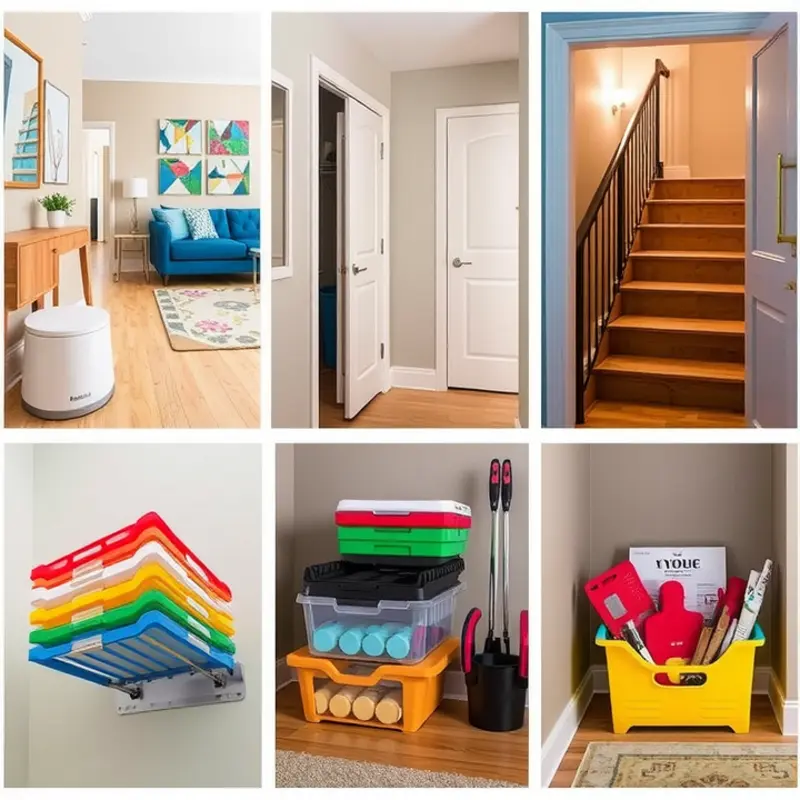
Creating a safer living environment begins with addressing potential hazards that might lead to slips and falls. One of the most effective strategies is using non-slip mats in high-risk areas, such as kitchens and bathrooms. These mats provide traction, reducing the risk of slipping on wet tiles or floors. Selecting mats with high-quality gripping material ensures they stay in place securely.
In addition to mats, stairways deserve particular attention. They should be well-lit at all times to avoid missteps. Installing additional lights or ensuring existing bulbs are functional can make a significant difference. Keep stairways clear of clutter to allow for an unobstructed path. This not only minimizes tripping hazards but also enhances the aesthetic of your space.
Adding handrails where possible can provide extra stability, especially for individuals who may experience balance issues. If you’re unsure about installing a handrail in a rented space, consult with your landlord or read up on renter-friendly DIY solutions, such as those discussed in DIY renter-safe coat hooks. These guides often offer insights into modifications that won’t damage the property.
Regular maintenance plays a crucial role in preventing dangerous situations caused by wear and tear. Conduct frequent assessments to identify and address issues such as loose tiles, frayed carpets, or broken fixtures. A proactive approach can prevent small problems from becoming major hazards. Encourage open communication with your landlord regarding necessary repairs or updates to your apartment.
To assist in maintaining safety, consider using the following checklist for in-home assessments and quick fixes:
- Check all mats: Ensure they are in good condition and non-slip.
- Inspect lighting in stairways: Replace dim or blown bulbs and consider motion-sensor lights for added convenience.
- Clear stairways and pathways: Regularly remove clutter to maintain clear walkways.
- Evaluate the need for handrails: Install temporary, damage-free options if possible.
- Examine flooring for any signs of wear, like loose tiles or frayed carpets.
- Test smoke detectors: Ensure they are operational and replace batteries as needed.
Making safety maintenance a priority not only protects you but also benefits neighbors by preventing hazards that could affect shared spaces. By implementing these practical solutions, renters can create a secure and comfortable home environment, reducing the likelihood of slips and falls.
Final words
Keeping your apartment safe from slips and falls is not just about aesthetics; it’s a matter of health and well-being. By proactively identifying potential hazards and implementing practical solutions, you can create a welcoming environment that prioritizes safety. Regular maintenance and vigilance play a significant role in minimizing risks. Remember, your home should be a refuge, and ensuring its safety is a key aspect of that comfort. Empower yourself with knowledge, take small steps toward improvement, and enjoy peace of mind knowing that you’ve made your living space safer.

